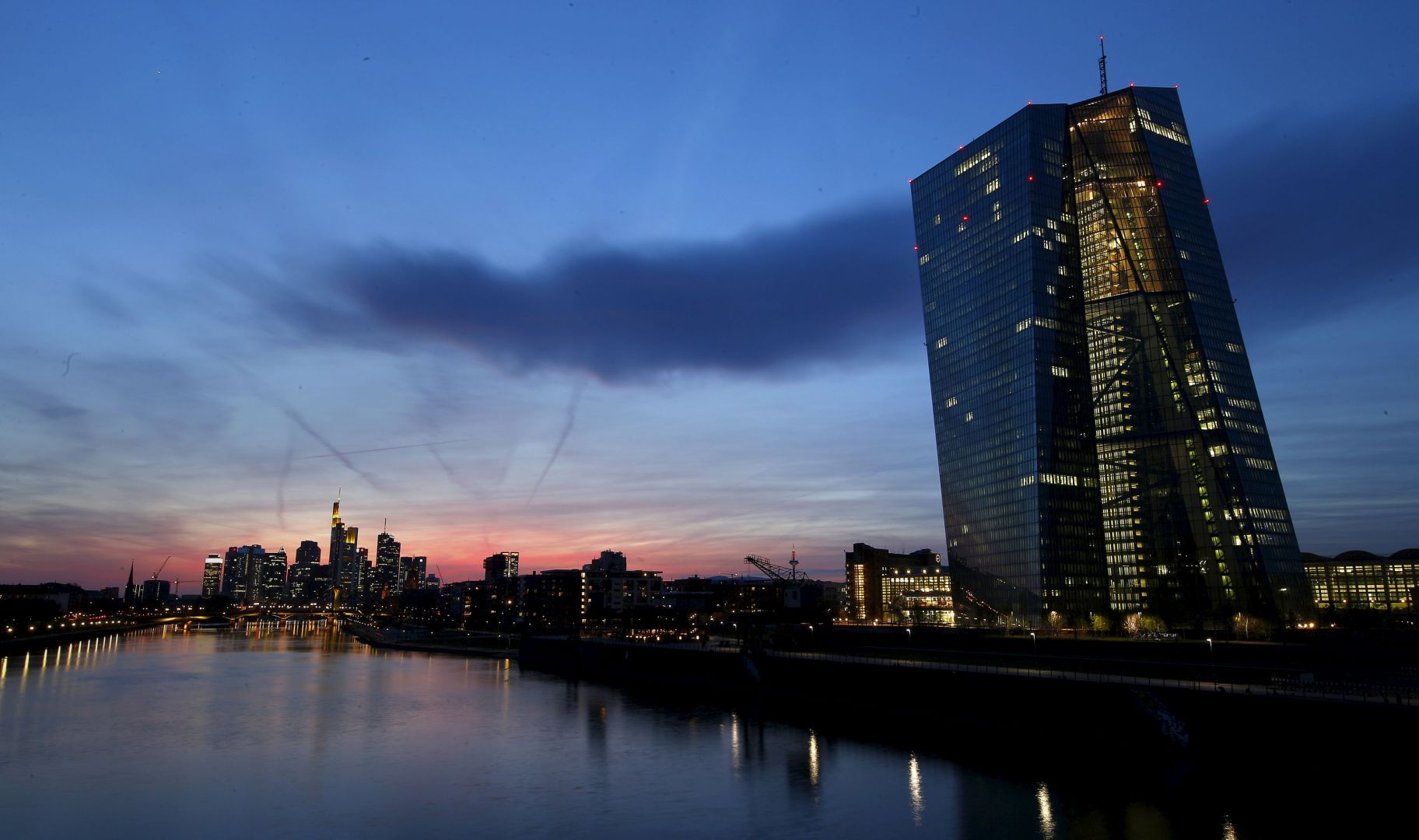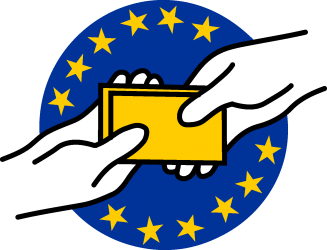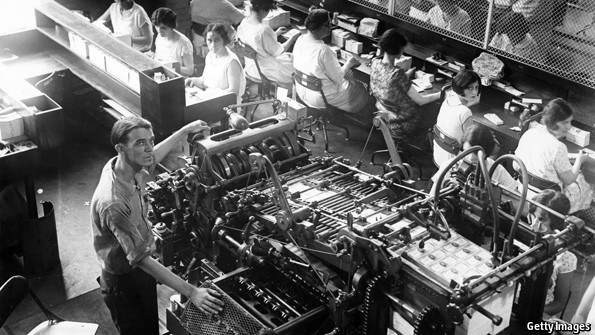Somewhere in March 2015, the European Central Bank (ECB) launched its long-awaited programme of quantitative easing (or QE), adding lots of public debt to the private kind it has already been buying. Its monthly purchases will rise from around €13 billion ($14 billion) to €60 billion until at least September 2016. The ECB is just the latest central bank to jump on board the QE bandwagon. Most rich-economy central bankers began printing money to buy assets during the Great Recession, and a few, like the Bank of Japan, are still at it. But what exactly is quantitative easing, and how is it supposed to work? Continue reading “Helicopter money or European Unconditional Citizens Income?”


